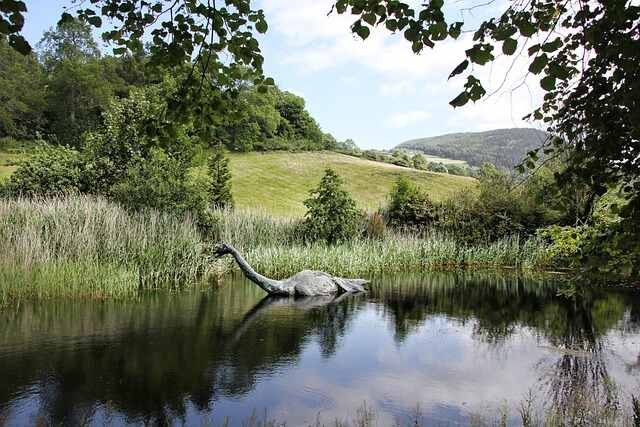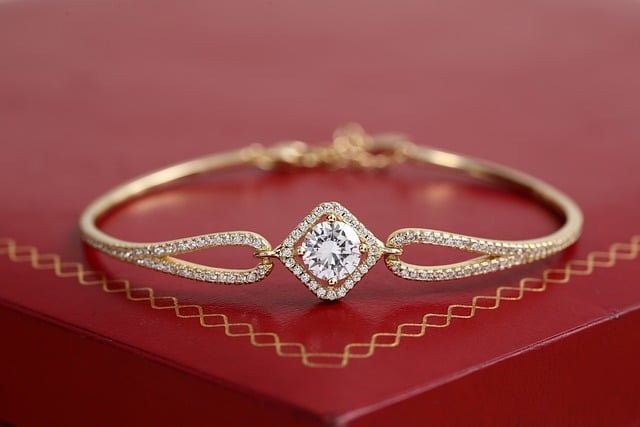Nymphs Greek Mythology
The Nymphs, (Gr. Νύμφη) secondary deities who personified the living forces of nature, daughters of Zeus following Homer, or born from drops of blood from Ouranos, represented the life of water, vegetation and Nature. The Nymphs presided over various natural phenomena such as springs, clouds, trees, caves, meadows, mountains or beaches. They were especially responsible for taking care of plants and animals.
The Nymphs were often beneficent deities, protectors of youth, especially young girls and brides.
Nymph
We distinguished the nymphs according to their habitat:
• Naiads: water creature
• Nereids: sea
• Oreads: mountain and cave
• Dryads: tree
• Hamadryads whose fate was linked to that of an oak tree.
• Ash tree honeycombs or nymphs
• Napaea or nymph of mountains, meadows and forests.
• Lampades, chthonic nymphs, bearers of torches, who accompanied Hecate.
These beautiful young women, elegant and seductive were sometimes the following of a great divinity, like Artemis, or of another Nymph, of a higher rank, like Calypso who had her retinue of nymphs.
They were not immortal but they lived a very long time. They could marry a mortal, and many heroes had a nymph as their mother.
The most famous
Some have had an action reported in mythology:
AMALTHA
Naiad, nurse of Zeus, generally represented by a goat, one of the horns of which was used to make the cornucopia; Amalthea was placed among the stars with her two kids.
ARGYRA
Naiad of a fountain in Achaia, Argyre loved Selemnos when he was young and handsome but later abandoned him. Selemnos died of grief but was changed by Aphrodite into a river whose waters had the power to make love forget.
CALYPSO
Nymph and queen of the island of Ogygia, Calypso was the daughter of Atlas, she welcomed Ulysses who had just been wrecked.
CHELONE
At the wedding of Zeus and Juno, Chéloné, an Oread of Arcadia, refused to attend on the pretext that she never left her home, “Family home, ideal home!” And even allowed himself to mock the newlyweds. She was silenced and transformed into a turtle.
CHLORIS
Lover of Zephyr assimilated to Flora of the Romans.
DAPHNE
A huntress nymph, Daphne asked her father, the river god Peneus, to transform her into laurels to escape Apollo’s assiduity.
DERCETO
Nymph of a lake in Syria, half woman, half fish. Aphrodite inspired her with a passion for the river god Caÿstros, by whom she had a daughter, Semiramis. She killed her lover and abandoned her daughter before taking refuge at the bottom of the lake.
DRYOPE
Nymph of Arcadia who was loved by Apollo or Hermes and who became the mother of Pan
ECHO
Nymph of the Helicon, Echo would have favored the loves of Zeus by amusing Hera with his chatter while the master of the gods courted the nymphs.
HESPERIDES
Nymphs who inhabited a neighboring island of the Atlas, the Hesperides guarded the wonderful garden, filled with golden apples, a gift from Gaia to Hera, and they were helped by Ladon, a hundred-headed dragon.
OENONE
Daughter of the river god Cebren, near Troy; Rhea had conferred on Oenone the gift of prophecy and Apollo, who had courted her without success, had taught her the art of healing with herbs. She was Paris’s first wife and refused to treat him.
SAMALCIS
Nymph who fell in love with Hermaphrodite.
SYRINX
Syrinx, nymph of Arcadia, was pursued by Pan; she implored the nymphs of the river Ladon to rescue her and she was turned into reeds. Pan to console himself took an armful of reeds and made a country flute called a syrinx.
THYIA
Daughter of Castalios or Cephisseos, she became mother of Delphos through Apollo. She was the first to sacrifice to Dionysus and to celebrate Dionysian orgies in his honor. The women of Attica who came each year to these festivals on Mount Parnassus, received the name of Thyades or Thyiades.
Genealogy and classification
The nymphs, whose number is incalculable, are classified into three macro-categories: The terrestrial nymphs, the aquatic nymphs and the celestial nymphs, a division already present in Homer and in the most ancient poets. As the mythologist Herbert Jennings Rose states, all nouns for the various classes of nymphs are plural feminine adjectives agreeing with the noun nymphai, and there was no single type of classification that could be seen as canonical and comprehensive. Thus the classes of nymphs tend to partially overlap, which complicates the task of a precise classification. Rose speaks of dryads and hamadryads as tree nymphs in general, honeydews as ash nymphs and naiads as water nymphs, but she does not add others in particular.
The Meliadi nymphs were daughters of Uranus and their myths are linked to major deities such as Artemis , Apollo , Poseidon, Demeter, Dionysus, Pan, Hermes or to minor deities such as Fontus.
Depending on the natural environment in which they live, they are distinguished specifically:
Epigee : terrestrial nymphs:
Agrostine, of the fields
Aloniadi, ravines, cliffs, deep valleys.
Oreadi , of the mountains
Napee , of the valleys and meadows
Alseidi , small trees and woods
Auloniadi , river valleys and mountain pastures
Limniadi, nymphs of the meadows
Coricides
Dryads , who each lived in an oak or otherwise in a plant
Hamadryads , trees
Anthuse, some flowers
Meliadi , ash trees
Epimelids , protectors of apple trees and sheep
Ileori , fir trees and other conifers
Dafnaie, of the laurel tree
Egeiro, in black poplar
Ampelo, in the vine
Balans, in the oak
Caria, in walnut, hazelnut or chestnut
Craneia, in dogwood or cherry
Morea, in the mulberry tree
Ptelea, in the elm
Siche, in the fig
Querquetulanae, of the oak woods
Dryop, of the Maidenhair plant
Pleiades, of the poplars
Hydriades : water nymphs:
Aliadi, of the coasts
Psamides, the hydriades of fine sandy beaches. They protect beaches and sandy places by the sea. They should not be confused with the haliads which protect rocky beaches and rocky coasts.
Oceanine, marine and river currents
Nereids, of the sea
Naiadi, of the springs of fresh water
Eleadi, of the swamps
Potamides, of rivers
Limnìadi, lakes and ponds
Creneidi and Pegee , of the sources (fountain, well and spring)
Avernali, of lake Averno and infernal rivers
Itachesis, naiads in the sacred caves of Ithaca
Deliades, daughters of Inopus, god of the river of the same name on the island of Delos
Misiane, naiads of Askanios lake in Bithynia. They were responsible for Ila’s kidnapping
Ortigia, naiad or naiads of the springs of the island of Ortigia, near Syracuse
Pharmacy, nymph of a poisonous spring in Attica and playmate of Orizia
Spercheids, daughters of the Spercheo river, in Thessaly
Pegasids, nymphs of natural wells, connected to Pegasus
Camene, archaic nymphs of the springs
Celestial nymphs:
Aurae, of the breeze
Hesperides or “Western nymphs”: they guard the garden of the Hesperides in an unspecified point of the extreme western limits of the world
Pleiades; daughters of Pleione
Hyades , stars, constellations, rain, woods, springs and swamps
Alcyonides, the seven daughters of the giant Alcyoneus
Nephele, cloud nymphs
Other Nymphs:
Lampadi, hellish nymphs companions of Hecate .
Tiadi, companions of Dionysus , also called Maenads or Bacchantes from Hesiod.
Care, nursing babies.
Cirtoniane, local nymphs of the city of Cyrtones, in Boeotia
Hyperborea, archery nymphs: Ecaerge, representing the distance; Losso, representing the trajectory; Upi, representing the intention
Menta, nymph of the passage to the underworld, on the homonymous mountain
Sources: PinterPandai, Alpf Medical, Rutgers – The State University of New Jersey, World History, ThoughtCo, Theoi
Photo credit (main photo): Wikimedia Commons
Photo explanations: Édouard Bisson (French, 1856-1939). Edouard Bisson was a student of Jean-Léon Gérôme and exhibited at the Salon until 1939. He gained popularity for his works from around 1900 which reflected the beauty of women in La Belle Epoque. In the present work, Bisson has used his favoured soft palette to show light shimmering through ethereal clouds and opaque dresses. Nymphs weightlessly dance whilst a disporting Cupid adds humour and movement to this large composition. He gained many awards, including a bronze medal at the Exposition Universelle in 1900, and was made Chevalier de la Légion d’Honneur in 1908.



